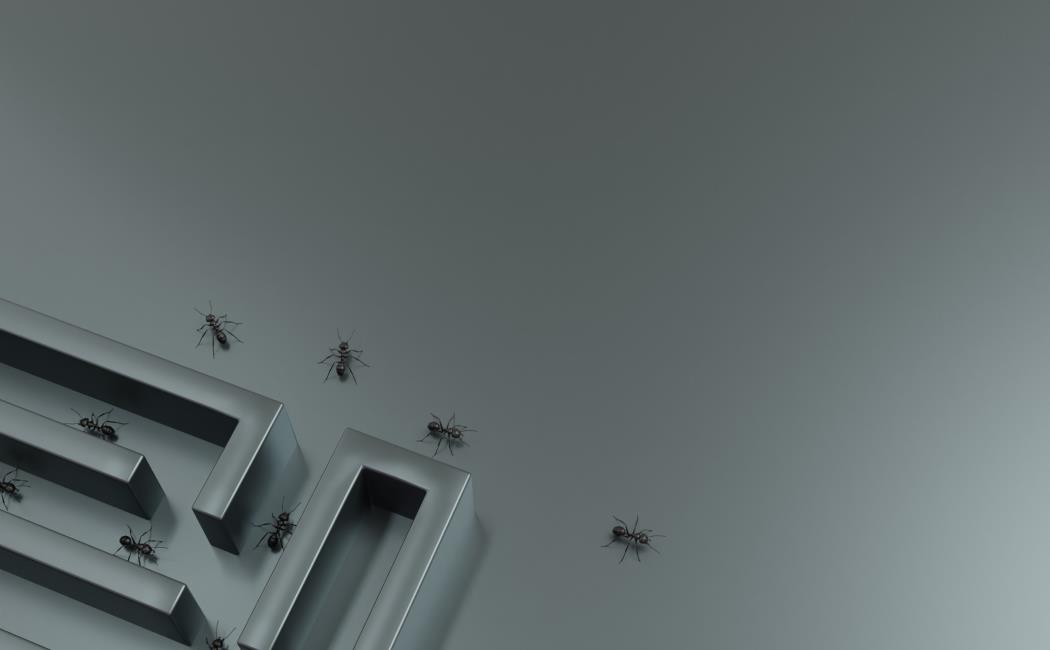
Understanding the intelligence of decision making
08 October, 2023
An objective tool that characterizes the intrinsic complexity of behavioral patterns shows that humans and fruit flies alike are able to synthesize complexity in the environment to make decisions, which goes beyond merely making predictions from observations.
This leap could offer a step closer to understanding intelligence, offering insight into what artificial intelligence systems lack.
“For an animal to exploit the environmental deviation from some equilibrium, it must go beyond probabilities, beyond merely calculating the frequency of moves and beyond statistical entanglement with the environment,” says KAUST computer scientist Jesper Tegnér.
“Animals clearly distinguish between environments of varying complexity, reacting accordingly in real time. To understand this, and to construct intelligent systems, we need tools to evaluate and quantify ‘intelligent behaviors.’”